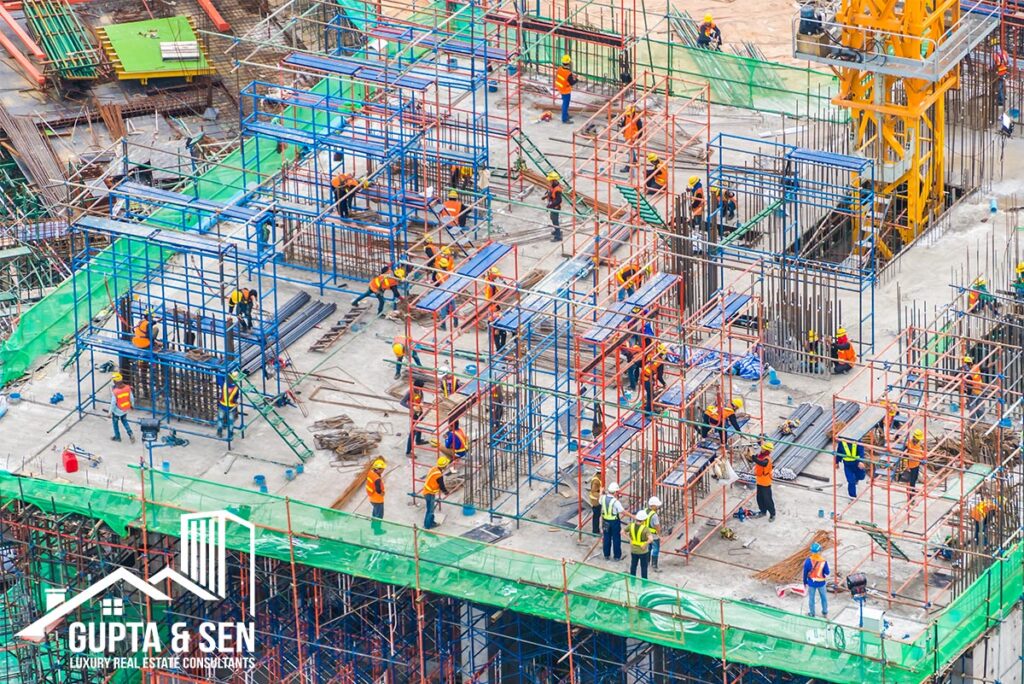Commercial Real Estate
Challenges and Opportunities Regulatory Environment Tech Advancements. Sustainability Trends Future Trends in Commercial Real Estate TDA 38588.3. Whilst Finally providing key takeaways and concluding final thoughts regarding Urbanization Suburbanization ESG Factors as Well. Suburbanization/ Suburbanization ESG Factors Involvements. In Summary of Key Takeaways and Final Thoughts on Future Outlook Whilst
Introduction OF Commercial Real Estate
Commercial Real Estate (CRE) plays an integral part of global economy. Encompassing an expansive selection of properties and investments Commercial Real Estate. Gaining knowledge about this field is crucial for developers. investors and businesses . This guide can provide invaluable insight into all its many dimensions, challenges and future possibilities.

Types of Commercial Real Estate Properties
Commercial real estate comprises many distinct categories that each serve their own specific function and attract different types of investors. Understanding each one is crucial for making informed investment decisions.
Office Space
Office spaces are indispensable components of business processes, from high-rise structures in urban areas to office parks in suburbia. Their location as well as amenities and connectivity impact both their value and demand significantly.
Retail Properties OF Commercial Real Estate
Retail properties encompass shopping centers or strip malls as well as standalone retail stores. The investment prospects depending on consumer behavior trends. Foot-traffic counts and the capacity for adaptation in terms of online commerce markets.
Industrial Properties OF Commercial Real Estate
Industrial buildings include warehouses, distribution centers and manufacturing factories. The explosion in global supply chains fueled by online commerce and demand for logistics centers arising. Demand has significantly soared in this segment of property ownership.
Multifamily Housing OF Commercial Real Estate
Multifamily real estate refers to properties which combine various properties, like condos or apartment complexes, into one larger structure. Rent yield, property value and area appeal all affect profit from investments made in multifamily.
Factors Influencing Commercial Real Estate Investment Decisions
Macroeconomic and population influences affect the real estate market for commercial properties in ways. That significantly change property valuation and dynamics of market performance.
Demographic Trends
Demographic trends such as migration patterns and an aging demographics fuel demand for various commercial property types. Urbanization patterns as well as generational preferences (for instance millennials preference of city living) influence both location of properties as well as property value.
Infrastructure Development/Upkeep/Conservation
Infrastructure projects such as urban transportation networks or initiatives that enhance property value may increase its commercial value significantly. Being close to major highways, airports or public transit hubs usually increases property appeal as well as rental prices significantly.

Key Players in Commercial Real Estate Market
Multiple stakeholders contribute to the expansion and functioning of commercial real estate market. Each plays their own vital part in property transactions and management.
Investors and Developer
Investors provide the capital required for property purchases and developments, looking for rental income generation as well as capital appreciation. Meanwhile, developers supervise construction of projects which transform vacant lots or properties into income producing assets.
Brokers and Agents OF Commercial Real Estate
Brokers and real estate agents facilitate transactions between buyers and sellers by drawing upon experience in the market place. As well as negotiation skills to deliver positive outcomes to their customers.
Property Managers OF Commercial Real Estate
Property managers oversee daily operation, maintenance and tenant relations within commercial buildings. Their role is crucial in maximizing occupancy by decreasing vacant properties while making sure it remains profitable.
Investment Options in Commercial Real Estate.
Investment into commercial real estate requires developing an appropriate plan-of-action, comprising financials, risk mitigation strategies and market trends. This way the returns will maximize while any risk exposures will be minimized.
Financial Considerations
And cash-on-cash yields are vital tools in the investment decision-making process and performance evaluation of real estate properties.
Risk Mitigation Strategies
Certain risks such as market fluctuations, tenant turnover and regulatory changes necessitate proactive risk management strategies such as leasing structuring. Diversification and contingency plans to avoid unnecessary liabilities
Market Analysis Tools
Investors leverage various market analysis tools demographic information and comparable rent equivalents or economic forecasts among others. In order to understand investment opportunities and to predict property performance.
Challenges and Opportunities Await You
Navigating the market for commercial real estate requires meeting various challenges head on. And taking advantage of new opportunities to secure long term growth and profits.
Regulatory Environment
As the regulatory agencies and zoning laws evolve over time. Their influence affects development of properties and operating costs and requires conformance and adaptation for changes.
Technological Advancements
Innovations in technology such as smart building technologies and virtual tours of properties enhance efficiency in operations, tenant satisfaction and practices for managing real estate.
Sustainability Trends
The rising focus on energy efficiency has had an enormous effect on building design, construction practices and tenant preferences alike – leading to greater demand for green certified properties.
Future Trends in Commercial Real Estate
Predicting future trends is of utmost importance for stakeholders looking to adapt and profit from changing market conditions, or seize any emerging commercial real estate opportunities that present themselves.
Remote Work Impact
Remote working arrangements have had an immediate and tangible effect on office space demands. Leading to innovations such as modular workspace solutions and hybrid office models.
Urbanization as opposed to Suburbanization
Changes in preferences between urban and suburban living have an effect on property prices and trends in development. Informing both investment strategies as well as where people choose to reside.
Environmental, Social and Governance Factors (ESG Factors)
ESG issues such as corporate accountability and community impact are becoming a greater factor. When making investments and property appraisal decisions. Furthering sustainable development practices.

Conclusion OF Commercial Real Estate
By understanding its driving forces and challenges – as well as changes that might arise later. Stakeholders can confidently navigate commercial real property’s maze energetically and successfully navigate it long term. Adaptability will remain key as this ever-evolving sector develops further over time.
Understanding its intricacies is crucial in making informed investment decisions and effectively managing market fluctuations.




2 comments